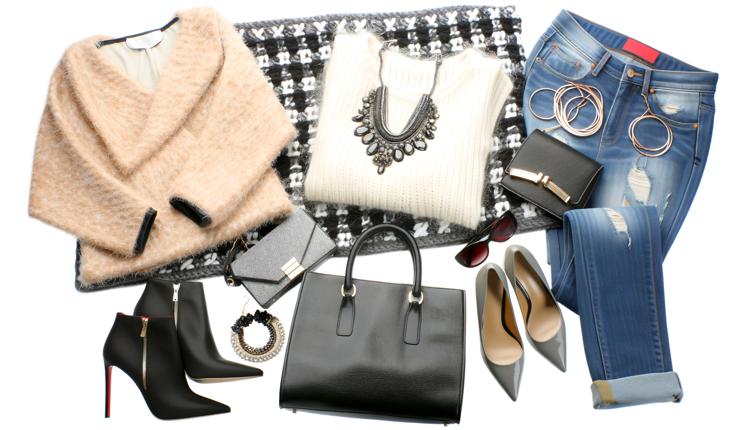Understanding Dress Codes
Different workplaces may have different dress codes, ranging from formal to casual. It's important to understand and adhere to the dress code of your workplace.,For formal dress codes, such as in corporate environments or during client meetings, a suit or dress with professional attire is typically expected. This includes polished shoes, well-groomed hair, and minimal accessories.,Business casual dress codes are more relaxed but still maintain a professional appearance. This may include slacks or khakis paired with a button-down shirt or blouse. It's important to avoid overly casual or revealing clothing in these environments.,Casual dress codes, often seen in creative or informal workplaces, allow for more individuality and personal style. However, it's still important to present yourself professionally and avoid clothing that may be considered disrespectful or offensive.,Understanding the dress code of your workplace will help you dress appropriately and make a good impression.
Dressing for Success
When dressing for your job, it's important to consider the nature of your work and the expectations of your role.,Choose clothing that fits well and flatters your body type. Ill-fitting clothing can appear sloppy or unprofessional.,Pay attention to grooming and hygiene. Ensure that your hair is neat and well-maintained, and your clothing is clean and pressed.,Choose colors and patterns that convey professionalism and confidence. Neutral tones and classic patterns are commonly used in professional settings.,Avoid excessive accessories or flashy clothing that may distract or overshadow your work.,Remember that dressing appropriately for your job shows respect for yourself, your colleagues, and your workplace.
Making a Lasting Impression
While dressing appropriately for your job is important, it's also essential to make a lasting impression through your overall demeanor and work ethic.,Maintain a positive attitude and approach your work with enthusiasm and professionalism.,Focus on developing and showcasing your skills and expertise. Your competence and abilities are ultimately more important than your attire.,Be mindful of the culture and values of your workplace, and align your behavior and actions accordingly.,Build strong relationships with your colleagues and superiors by demonstrating respect, empathy, and collaboration.,Remember that your attire is just one aspect of making a good impression. Your actions and contributions will ultimately speak volumes about your professionalism and dedication.
Conclusion
Dressing for your job is more than just following a dress code. It's about understanding the expectations of your workplace, presenting yourself professionally, and making a positive impact through your attire. By dressing appropriately and maintaining a professional demeanor, you can set yourself up for success and make a lasting impression in your job.








